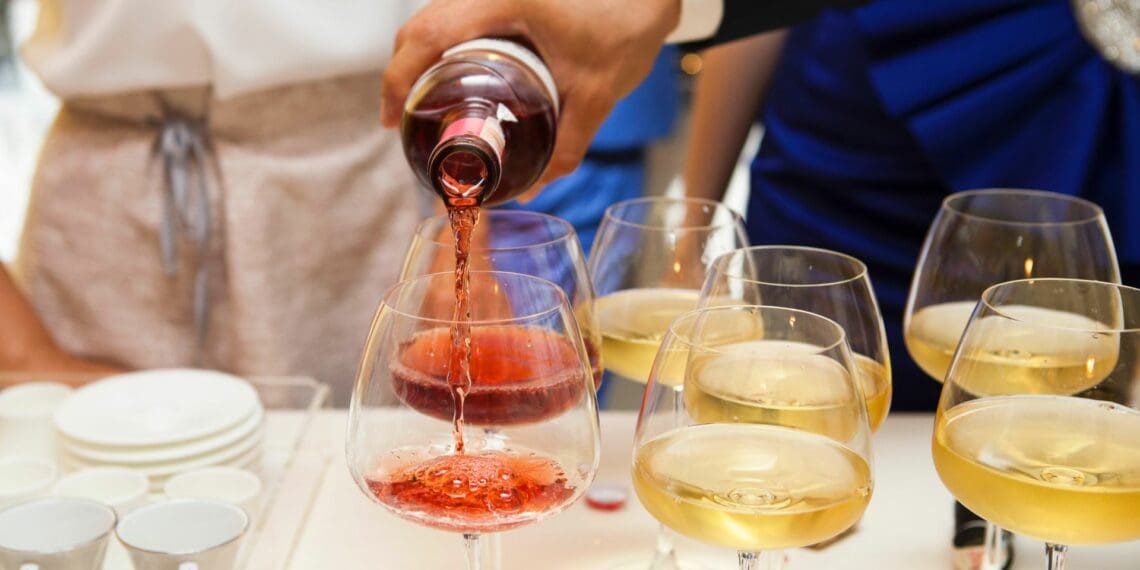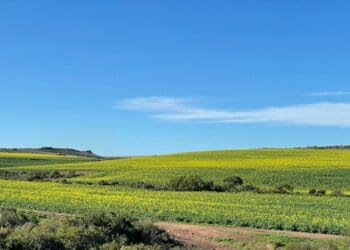South Africa’s wine industry is preparing for a promising 2026 harvest following a favourable winter and spring. Good rainfall, beneficial winter dormancy, and early spring warmth have supported even bud break and strong initial growth across most wine regions.
According to Dr Etienne Terblanche, Vinpro consultation services manager, the 2025 post-harvest period set the stage well for the start of the 2026 harvest that lies ahead.
“Winter cold units were sufficient in almost all regions, spring vineyard canopies are healthy, and flower clusters in early cultivars look promising. While vineyard surfaces are gradually shrinking and the share of older vines increases, the technical indicators point to a crop similar in size to 2025,” he said.
Tech tools help farmers prepare
The industry has stated that early indications suggest that 2026 has the potential to be a high-quality vintage. Flower clusters are developing normally, and most vineyards experienced even bud break and growth. South African producers have again demonstrated resilience and skill, optimising the crop potential while working with less vineyard surface.
“The 2026 harvest shows excellent potential for quality. Producers are committed to maintaining the standards set by the exceptional 2025 vintage. Early assessments indicate sufficient yields for white cultivars like chenin blanc, sauvignon blanc, and chardonnay, with noble red varieties showing promising flower clusters as they still emerge.
“Many producers have also been planting new vineyards, further strengthening the foundation for a productive season,” Terblanche said.
Related stories
- Cheers to 25 years! WineX returns bigger than ever
- Wieta pushes for black wine brand transformation
- Wieta supports black wine producers’ path to equity and excellence
- Vaccine delays frustrate farmers as FMD crisis deepens
With the season still in its early stages, weather patterns during flowering and early fruit set will be decisive for final yields. Frost remains a risk for northern and interior regions until the end of October. South African producers, however, remain vigilant, using modern prediction tools and proactive measures to safeguard crops.
Access to irrigation is generally sufficient for most regions, with exceptions including the Olifants River and parts of the Klein Karoo, where dam works or low rainfall may restrict water availability. Producers, however, closely monitor water levels and strategically apply irrigation to support crop health and quality.
“After a few turbulent recent seasons with extreme weather, which tested producers, we can confirm the technical foundation is solid. Our growers know how to make the most of each vintage, balancing irrigation, canopy management, and cultivar selection to achieve sustainable yields and excellent quality,” he said.
Rico Basson, CEO of South Africa Wine, said their producers are focused on delivering wines that reflect both the vineyard and the season, and support their value-growth strategies in the market.
“Early signs point to another year of remarkable quality, building on the high standards set by 2025. We look forward to a harvest that showcases South Africa’s resilience and winemaking expertise,” he said.
READ: Organised crime fuels livestock theft as festive season looms


















